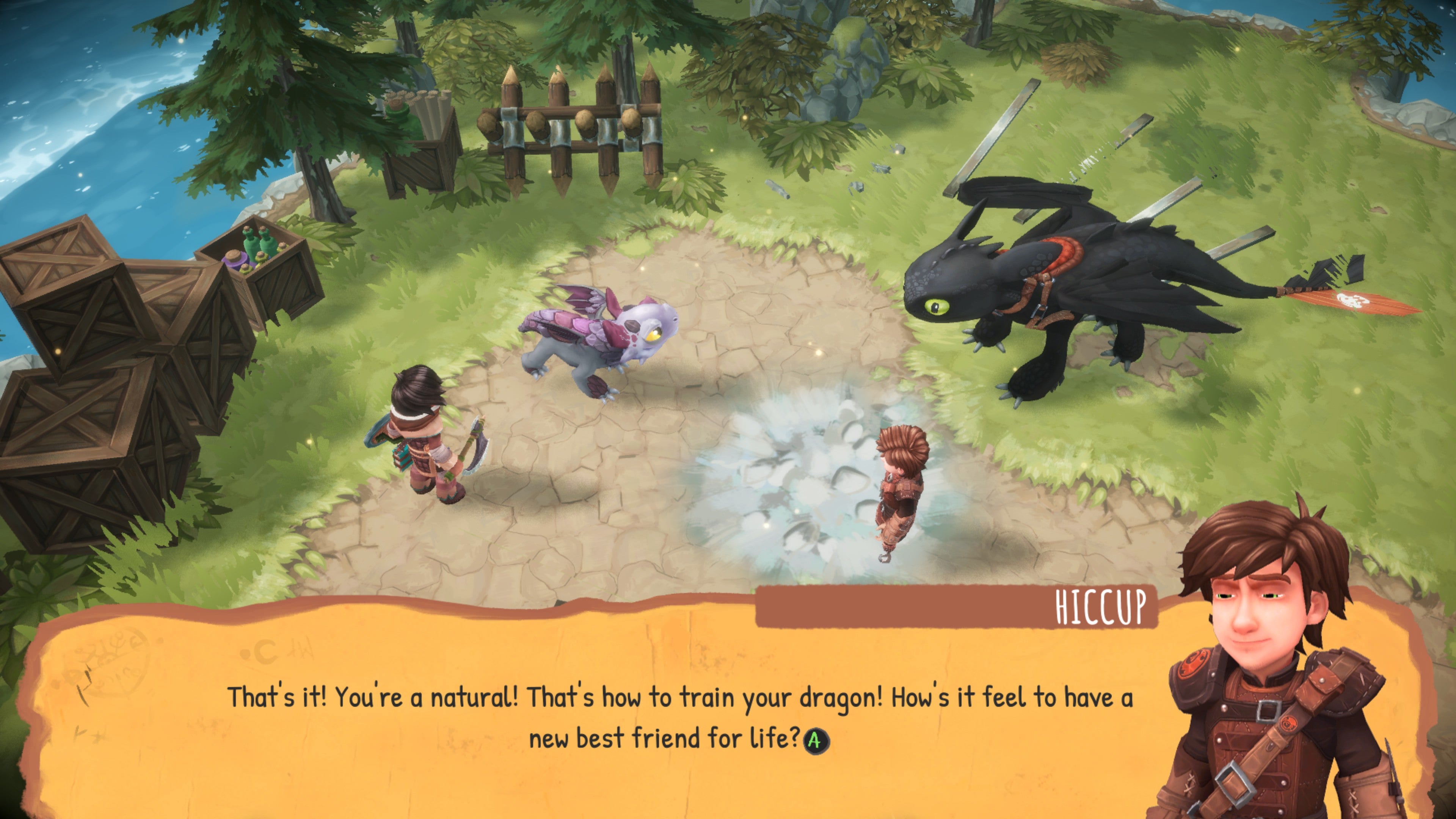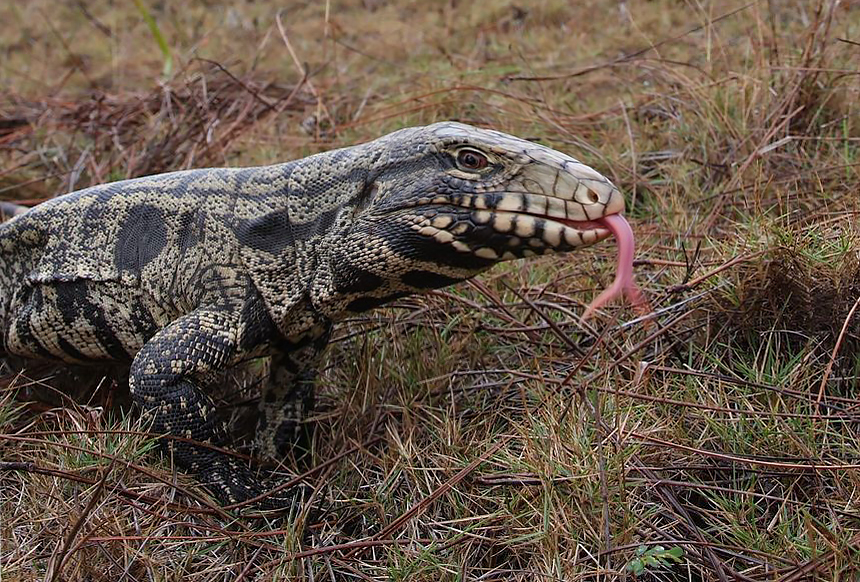

The plot? Basically: each of the characters hears a story about fabulous treasures in the “unexplored” frontier. The Savage Coast, of which a map is included, is a strange land filled with new monsters and unusual races, such as the tortles (tortoise men), lupins (dog men) and cay-men (little lizard men). It lays out the “savage” lands of the world of Mystara far to the west of the main campaign setting.
#LITTLE LIZARD SCHOOL OF DRAGONS SERIES#
The Savage Coast, part of the long-running X series for “basic” Dungeons and Dragons, is a bit of a weird adventure: it is more a setting than an adventure with a specific quest. Up next: a return to look at another entry in the “Expert” series of modules, many of which were what I grew up with! X9: The Savage Coast (1985), by Merle and Jackie Rasmussen and Anne C.
There were 15 volumes alone on classes and races, ending with The Complete Ninja’s Handbook in 1995, and just as many historical reference and DM reference books! Overall the “Complete” series of books ended up being very successful. (Which I believe was also used as a Dragon Magazine cover.) New roleplaying rules are also included, such as suggestions for running campaigns where everyone plays a fighter! This was a big departure from traditional party thinking back in the day.Īnd the Fighter’s Handbook is a high-quality production! It included both B&W art as well as a few full-color pages. Equipment includes new weapons, largely gladiator and Japanese weapons, and rules for making “piecemeal” armor. The Handbook also gives a LOT of new combat rules, including rules for “called shots” (targeting a specific body part) and lots of new unarmed combat options. But the kits gave players options to distinguish their characters. The berserker rage, which boosts HP and damage, is a much better ability than the gladiator’s extra weapon proficiencies. IMHO, the kit abilities were a bit unbalanced, and some got better powers than others. For example: amazons get a bonus to their first attack against any new male opponent, who is assumed to underestimate their fighting ability. Each kit came with specialized abilities to distinguish them from the others. The kits include, among others: barbarian, berserker, cavalier, gladiators, samurais, swashbucklers, and amazons. This was annoying to many players (like me), but they were implemented as specialized kits for the basic fighter class. 2nd edition AD&D chopped things down to fundamentals, removing some beloved classes like the barbarian and cavalier. 1st edition AD&D, especially with Unearthed Arcana, had added lots of new classes, creating a rather cumbersome and random selection. This book introduced the idea of character “kits,” that could create specialized characters, in this case specialized fighters. It would introduce new character options, equipment, and combat rules. The Complete Fighter’s Handbook was the first in a long line of handbooks intended to expand the variety of options for characters, races and campaigns in 2nd edition AD&D. I haven’t yet touched any of the “handbook” supplements that were made for 2nd edition AD&D!

The Complete Fighter’s Handbook (1989), by Aaron Allston. Time for another roundup of my twitter threads on old school Dungeons & Dragons products! Let’s jump right in:


 0 kommentar(er)
0 kommentar(er)
